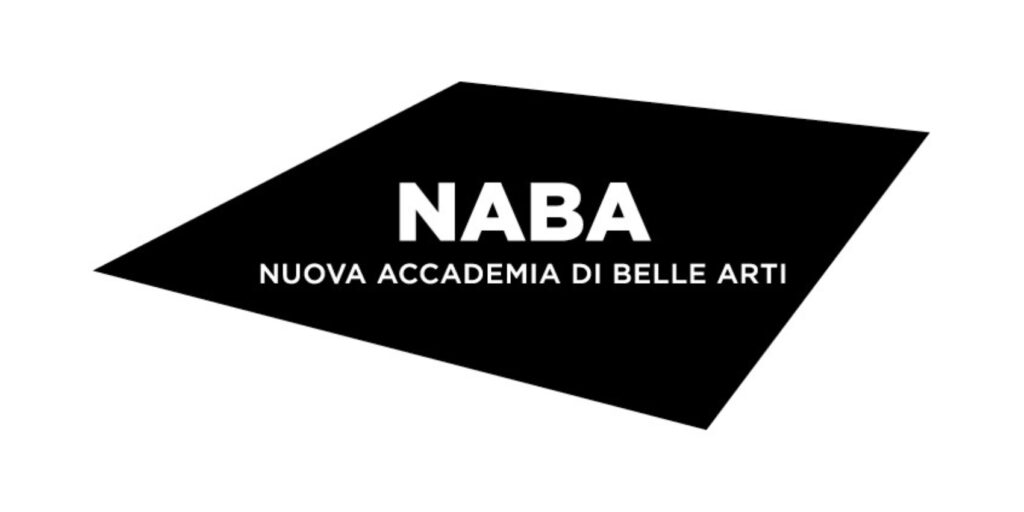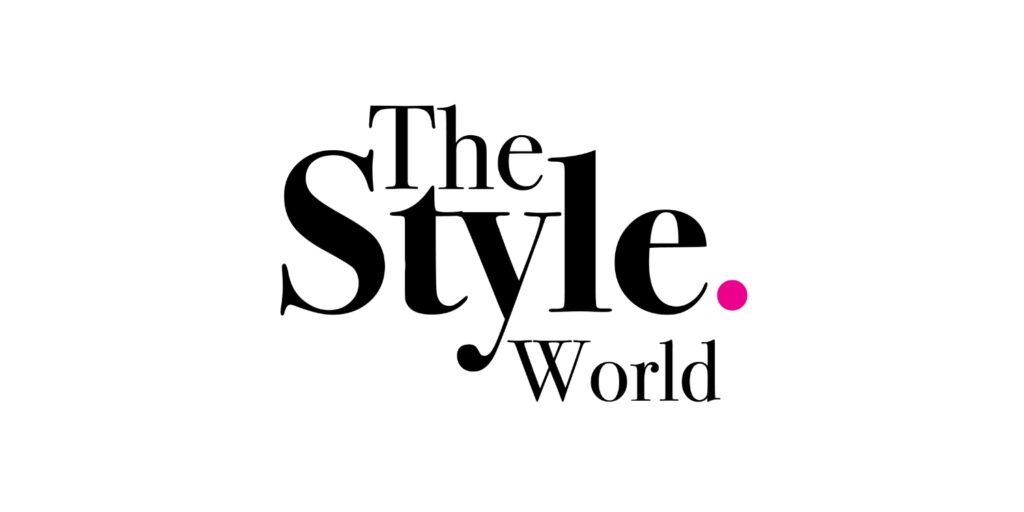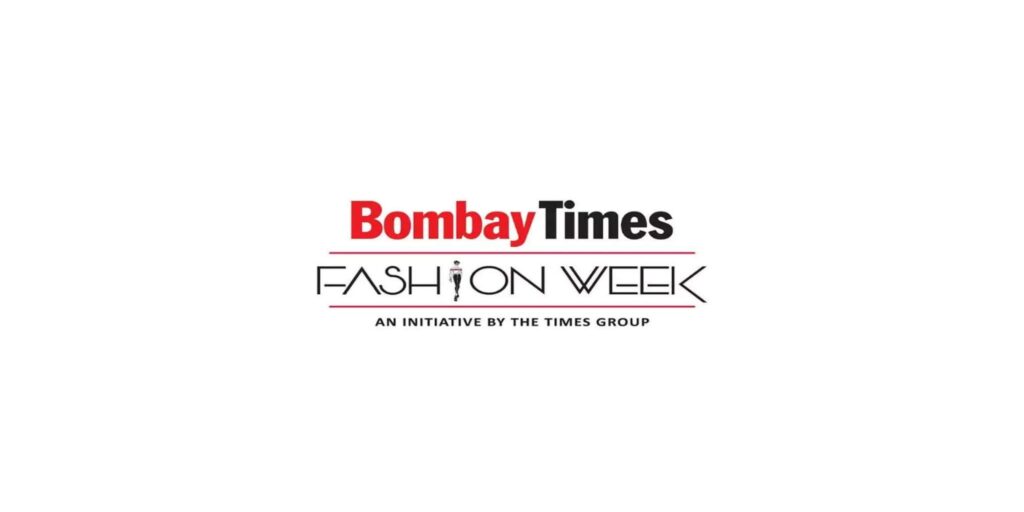Fashion trends in the 2020’s
Jd Institute
- March 9, 2022
- 4 min read
- Blogs

2020’s fashion seems overwhelmed by our most recent challenging times, largely dictated by the Pandemic. When face masks became a fashion accessory, when activists wore their activism on their clothes, and when the lack of interest on fashion and clothes saw consumer spending hit rock bottom. Health concerns, due to the severity of the coronavirus toppled normal day to day living like never before, reflected no doubt on fashion as well.
There was hardly a demand or interest in buying clothes, nor the mood or means to dress up. The ongoing concerns grew even graver with uncomfortable truths like fashion’s impact – on the climate crisis, poor working conditions for garment factory workers, the industry’s failure to remain inclusive and diverse in its work culture, have only served these problems.
Fashion has always held up a mirror to the socio – economic drama of the times. The 2020s fashion has been just that.
Suddenly, fashion and its notions of frivolity and indulgence that it has long been associated with became ‘out-of-fashion.’

A protester holds up a sign during a Black Lives Matter
Our extraordinary times have thrown up certain themes that 2020s fashion has thrown up, and here they are
Functionality
Face masks became the accessory of the year. People took to designing and fabricating their own brand of masks and tried making a living out of this. However, Luxury brands too did not stay away from masking up the fashion-conscious and often made to match an outfit.

A face mask by Burberry
Apart from ‘the’ fashion accessory of our times, fashion marketeers did entire clothing lines with material that had antimicrobial properties. Thus, the concept of protective fashion eased into the fashion stage. A fine example of this is Kenzo’s beekeeper-inspired looks presented during Paris Fashion Week in September.
Comfort
Staying indoors meant keeping oneself as comfortable, and comforted just as much. Data compiled by Lyst indicated that Birkenstock clogs, Crocs, UGG slippers and Nike joggers were the top-selling items of clothing.

Anna Wintour – Vogue Editor in sweatpants and shared on Instagram.
So, loungewear or athleisure aesthetic took over formal office wear. Comfy home dressing won over the day between home office, kitchen and the cosy nook.
Statements
Statement-wear took off in a high-visible way, with activists coming up with slogans and what they stand for, emblazoned on T-shirts, and masks and all other innovative fashion items.


The hot pink power suit became a rage, where women established their strength and solidarity. This was on account of a campaign launched by workwear brand Argent. Michelle Obama’s white suit did wonders there.
Conscious
Conscious, responsible, sustainable, and even fair trade- all seem to mean the same. There has been a clarion call for clothing and fashion made of local, handmade, sustainable clothing – and trending hugely. Shoppers chose brands that echoed their sentiments. In a report issued in April 2020, Lyst noted a 69% increase in searches for ‘vegan leather’, year-on-year.
Digital
It has been a virtual world of fashion, where presentations were made in the digital format in adherence to Covid norms. As an outcome of this, in London Burberry live-streamed one of its show on social media platform Twitch. In Milan, Moschino used marionettes to present a micro-sized version of their collection in a video format and 3D collections were presented by fashion label Hanifa. The pandemic saw the reluctant luxury brands take a leap into the digital world.
The future
Fashion’s recovery from the pandemic is set to be slow, with experts predicting a challenging year for the fashion business. Trends seen during a year defined by crisis will not be left behind at the door of the pandemic years, but may permanently change the shape of the industry.
However, some of these changes are positive especially when it comes to questions on inclusion and sustainability, and similar movements. With an industry filled with dreamers and their creativity, the current situation may have given fillip fashion’s compulsion to look ahead in search of a brighter, newer future.

Louis Vuitton Spring-Summer 2021 collection presented in Shanghai
According to Bohan Qiu, of Shanghai-based creative and communication agency Boh Project, said he can already see more exuberant fashion displays emerging in China as the country returns to some semblance of normalcy. “…you can really see… all the brands are displaying really colorful patterns, prints, and embellishments…”, he said as quoted to media.






